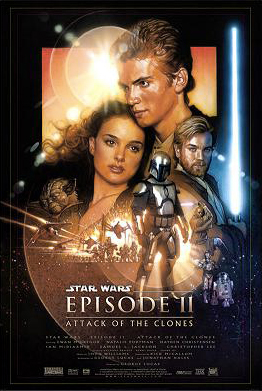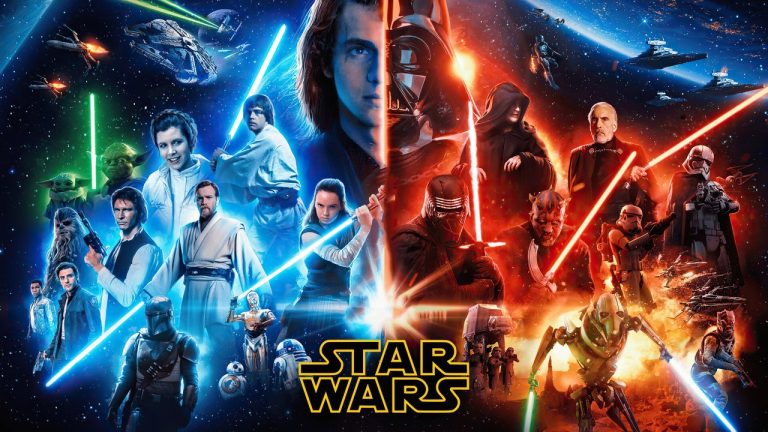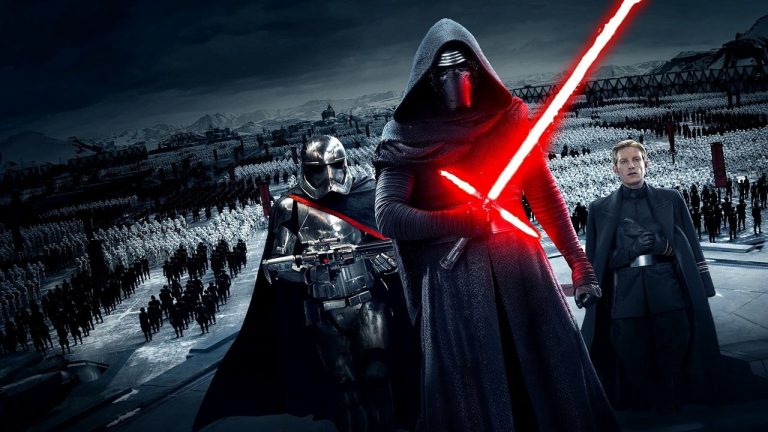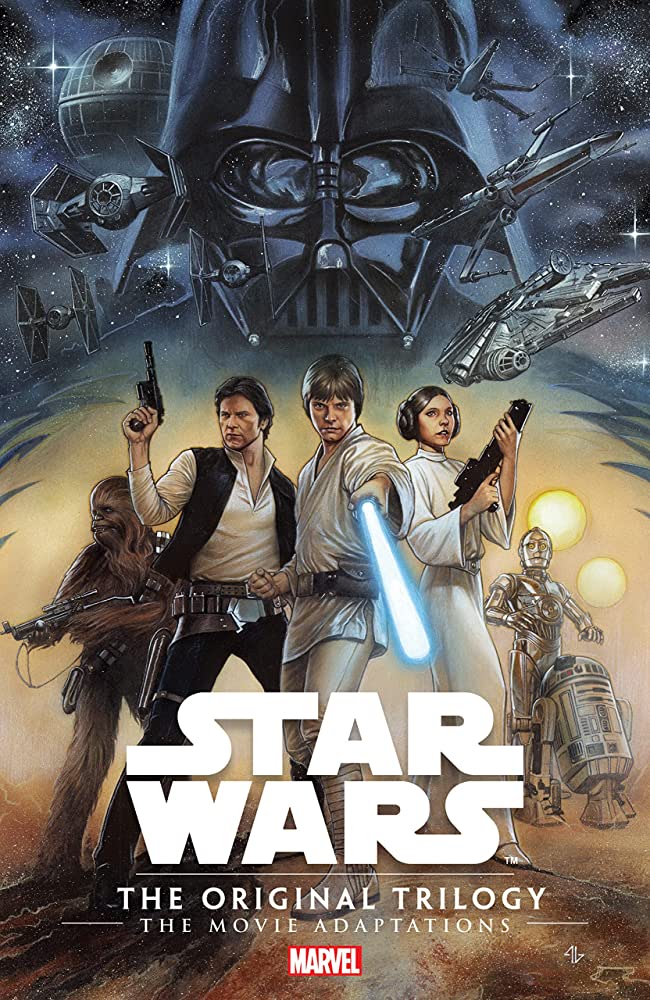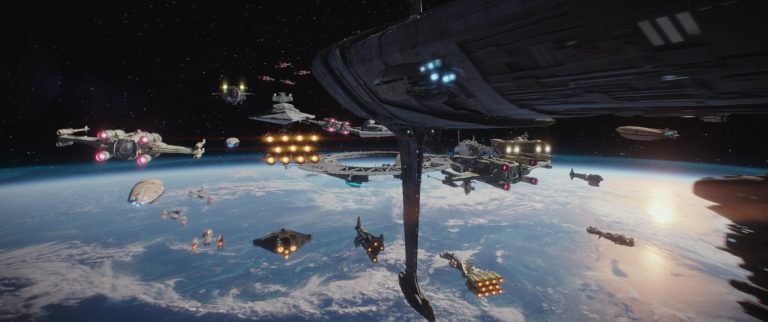How Did The Star Wars Series Revolutionize Special Effects In Cinema?
Lightsabers, epic space battles, and iconic characters – the Star Wars series has captivated audiences for decades. But it’s not just the compelling storyline that made these movies so groundbreaking. The Star Wars series revolutionized special effects in cinema, taking them to a whole new galaxy. In this article, we’ll explore how these films pushed the boundaries of visual effects and forever changed the way we experience movies.
When George Lucas first introduced Star Wars to the world in 1977, it was a game-changer. The use of innovative techniques and groundbreaking technology transformed the way movies were made. The series introduced us to a galaxy far, far away, filled with incredible creatures, dazzling spaceships, and breathtaking environments. From the realistic computer-generated imagery (CGI) used to bring iconic characters like Yoda and the droids to life, to the stunning model work that created the Death Star and Star Destroyers, Star Wars pushed the limits of what was possible in filmmaking.
Special effects became an integral part of the Star Wars universe, enhancing the storytelling and immersing audiences in a world like never before. The use of practical effects, such as miniatures and animatronics, combined with cutting-edge digital effects, created a seamless cinematic experience. The attention to detail and the commitment to pushing the boundaries of technology set a new standard for the industry. So, grab your lightsaber and get ready to discover how the Star Wars series revolutionized special effects in cinema. May the force be with you!
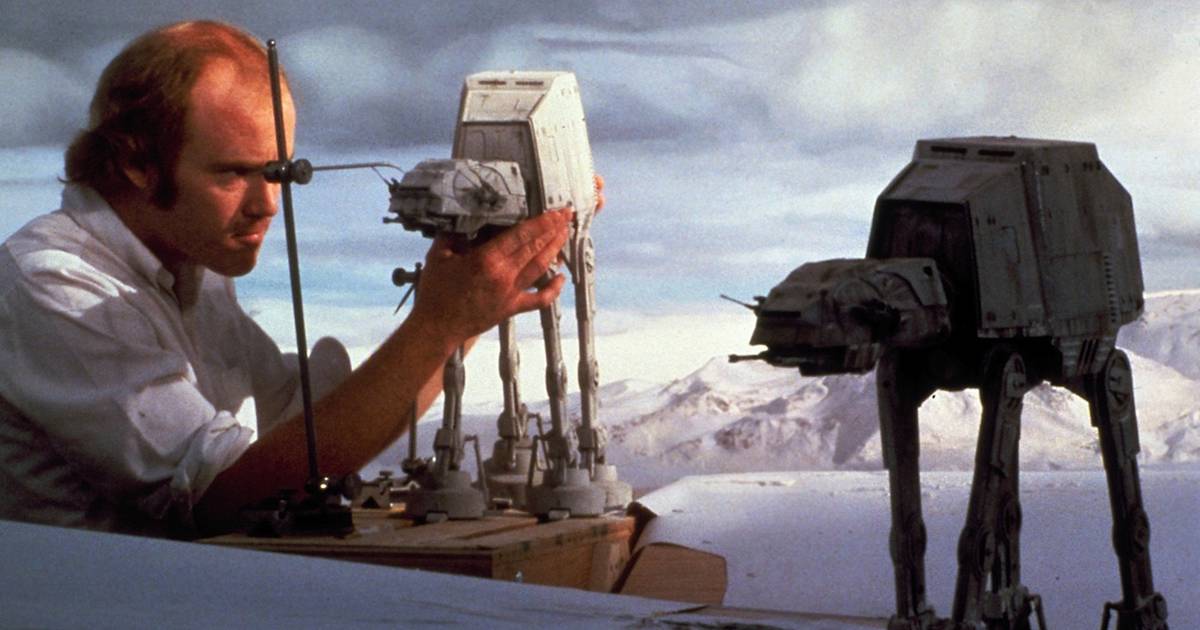
How Star Wars Revolutionized Special Effects in Cinema
The Star Wars series, created by George Lucas, has had a profound impact on the world of cinema, particularly in the realm of special effects. From the release of the first film, Star Wars: Episode IV – A New Hope, in 1977, audiences were captivated by the groundbreaking visuals that were unlike anything they had ever seen before. The series pushed the boundaries of what was possible in filmmaking and forever changed the way special effects are used in cinema.
The Birth of Industrial Light & Magic
One of the key reasons why Star Wars revolutionized special effects in cinema was the establishment of Industrial Light & Magic (ILM). George Lucas founded ILM in 1975 specifically to create the visual effects for the first Star Wars film. At the time, there was no dedicated special effects company of this scale, and Lucas saw the need for a team that could bring his vision to life.
ILM quickly became a powerhouse in the industry, developing innovative techniques and technologies that would shape the future of visual effects. The team at ILM pioneered the use of computer-generated imagery (CGI), motion control cameras, and models to create realistic and awe-inspiring visuals. Their work on the Star Wars series set a new standard for what could be achieved in terms of visual effects in cinema.
Revolutionizing Models and Miniatures
One of the most iconic aspects of the Star Wars series is its use of models and miniatures. ILM utilized intricate and highly detailed models to create the various spacecraft, planets, and environments seen in the films. These models were meticulously crafted and then filmed using motion control cameras, which allowed for precise camera movements and seamless integration with live-action footage.
The attention to detail and craftsmanship that went into creating these models was unparalleled at the time. The result was a sense of realism and immersion that had never been achieved before in science fiction films. The models gave the filmmakers a level of control and flexibility that allowed them to bring their vision to life in a way that was truly groundbreaking.
Advancements in CGI
In addition to their work with models and miniatures, ILM also played a significant role in advancing the use of CGI in filmmaking. The Star Wars series introduced computer-generated characters and environments that were seamlessly integrated with live-action footage. Characters like Jar Jar Binks in the prequel trilogy and the various creatures and aliens throughout the series were brought to life through the use of CGI.
ILM’s advancements in CGI technology allowed for greater creativity and freedom in storytelling. The ability to create realistic and believable digital characters opened up a world of possibilities for filmmakers. It also paved the way for future films to utilize CGI in ways that were not previously possible.
The Legacy of Star Wars
Star Wars not only revolutionized special effects in cinema but also inspired a new generation of filmmakers and artists. The success of the series showed the industry the power of visual storytelling and the impact that can be achieved through innovative and groundbreaking techniques.
Today, the influence of Star Wars can be seen in countless films that utilize advanced visual effects to create immersive and breathtaking cinematic experiences. The series paved the way for the use of CGI in films, and its impact can still be felt in the industry today.
The Evolution of Special Effects
Thanks to the groundbreaking work of ILM and the Star Wars series, special effects in cinema have come a long way. From the early days of practical effects and models to the seamless integration of CGI, filmmakers now have a wide range of tools and techniques at their disposal to bring their visions to life.
The legacy of Star Wars continues to inspire filmmakers to push the boundaries of what is possible in filmmaking. The series not only revolutionized special effects but also showed the world the power of storytelling and the impact that visual effects can have on an audience.
Star Wars will forever be remembered as a pioneering force in the world of cinema, revolutionizing special effects and leaving an indelible mark on the industry.
Key Takeaways: How did the Star Wars series revolutionize special effects in cinema?
- Star Wars introduced groundbreaking visual effects that were never seen before in movies.
- The series used innovative techniques like miniatures, motion control cameras, and computer-generated imagery (CGI) to create realistic and immersive worlds.
- Star Wars pushed the boundaries of what was possible in filmmaking, inspiring future generations of filmmakers to explore new techniques and push the limits of technology.
- The success of Star Wars paved the way for the development of advanced special effects tools and software, leading to advancements in the entire film industry.
- The use of special effects in Star Wars added a new layer of excitement and spectacle to the storytelling, enhancing the overall cinematic experience for audiences.
Frequently Asked Questions
Question 1: What were the major advancements in special effects brought about by the Star Wars series?
The Star Wars series revolutionized special effects in several ways. Firstly, it introduced the concept of computer-generated imagery (CGI) on a large scale. Prior to Star Wars, special effects were primarily achieved through practical methods such as miniatures, models, and puppetry. However, George Lucas and his team at Industrial Light & Magic (ILM) pushed the boundaries of technology and created groundbreaking CGI effects that were used extensively throughout the series.
Secondly, Star Wars popularized the use of motion control cameras. These cameras allowed for precise and repeatable movements, making it easier to composite live-action footage with miniature and CGI elements. This technology opened up new possibilities for creating seamless and realistic visual effects, further enhancing the overall cinematic experience.
Question 2: How did the Star Wars series impact the development of animatronics and puppetry in special effects?
The Star Wars series played a crucial role in the advancement of animatronics and puppetry in special effects. The iconic characters such as Yoda and the various creatures from different planets showcased the mastery of puppeteering and animatronics. The team at ILM, led by Stuart Freeborn, created intricate and lifelike puppets that added depth and realism to the on-screen performances.
These advancements in animatronics and puppetry not only elevated the visual quality of the Star Wars series but also inspired future filmmakers to explore these techniques further. The influence of Star Wars can be seen in subsequent films where animatronics and puppetry became an integral part of creating believable and engaging characters.
Question 3: How did the Star Wars series push the boundaries of practical effects in cinema?
The Star Wars series pushed the boundaries of practical effects by employing innovative techniques and creating larger-than-life sets and props. The production team built intricate models and miniatures for various space crafts, planets, and cities, adding a sense of realism and scale to the films.
Moreover, the use of practical effects in combination with other elements like matte paintings and pyrotechnics created immersive and visually stunning sequences. The dedication to practical effects showcased in the Star Wars series set a new standard for filmmakers and demonstrated the importance of blending practical and digital effects seamlessly.
Question 4: How did the Star Wars series contribute to the advancement of sound effects in cinema?
The Star Wars series made significant contributions to the advancement of sound effects in cinema. The iconic sound design, created by Ben Burtt, introduced innovative techniques and distinctive sounds that have become synonymous with the franchise. From the hum of lightsabers to the roar of the Millennium Falcon, these sound effects added depth and immersion to the cinematic experience.
Star Wars also popularized the concept of sound mixing and editing, where multiple layers of sound were combined to create a rich and dynamic audio landscape. This attention to detail in sound design revolutionized the way films were crafted, inspiring future filmmakers to explore the creative possibilities of sound in storytelling.
Question 5: How did the Star Wars series pave the way for the use of visual effects in storytelling?
The Star Wars series paved the way for the use of visual effects in storytelling by demonstrating their immense potential in creating immersive and fantastical worlds. The groundbreaking visual effects used in the series captivated audiences and transported them to a galaxy far, far away.
By seamlessly blending practical and digital effects, the Star Wars series showed that visual effects could enhance the narrative and bring the director’s vision to life. This paved the way for future filmmakers to utilize visual effects as a powerful storytelling tool, enabling them to create imaginative and visually stunning worlds that were previously unimaginable.
The Making of Star Wars — Pioneering Special Effects, VFX, and Sound Design
Final Summary: How Star Wars Changed the Game in Special Effects
In a galaxy far, far away, the Star Wars series took the world by storm and forever changed the landscape of cinema. Through its groundbreaking use of special effects, George Lucas and his team revolutionized the way movies were made, leaving an indelible mark on the industry. From the realistic space battles to the lifelike creatures and futuristic landscapes, Star Wars pushed the boundaries of what was possible in filmmaking.
One of the key ways in which Star Wars transformed special effects was through the introduction of computer-generated imagery (CGI). The original trilogy showcased CGI at a time when it was still a relatively new concept, paving the way for its widespread adoption in later films. The seamless integration of computer-generated elements with live-action footage brought a new level of realism and immersion to the screen, captivating audiences and setting a new standard for visual storytelling.
Moreover, Star Wars also pushed the envelope in practical effects, utilizing innovative techniques and technologies to bring its fantastical world to life. From the iconic lightsaber battles to the breathtaking spaceship designs, the series demonstrated an unparalleled attention to detail and craftsmanship. By combining practical effects with CGI, Star Wars achieved a level of visual spectacle that had never been seen before, captivating audiences and setting a new benchmark for future filmmakers.
In conclusion, the Star Wars series has left an indelible legacy in the realm of special effects in cinema. Through its groundbreaking use of CGI and practical effects, it revolutionized the way movies were made and set a new standard for visual storytelling. From the original trilogy to the latest installments, Star Wars continues to inspire and amaze audiences with its imaginative and awe-inspiring visuals. May the force be with future filmmakers as they strive to push the boundaries of what is possible in the world of special effects.

